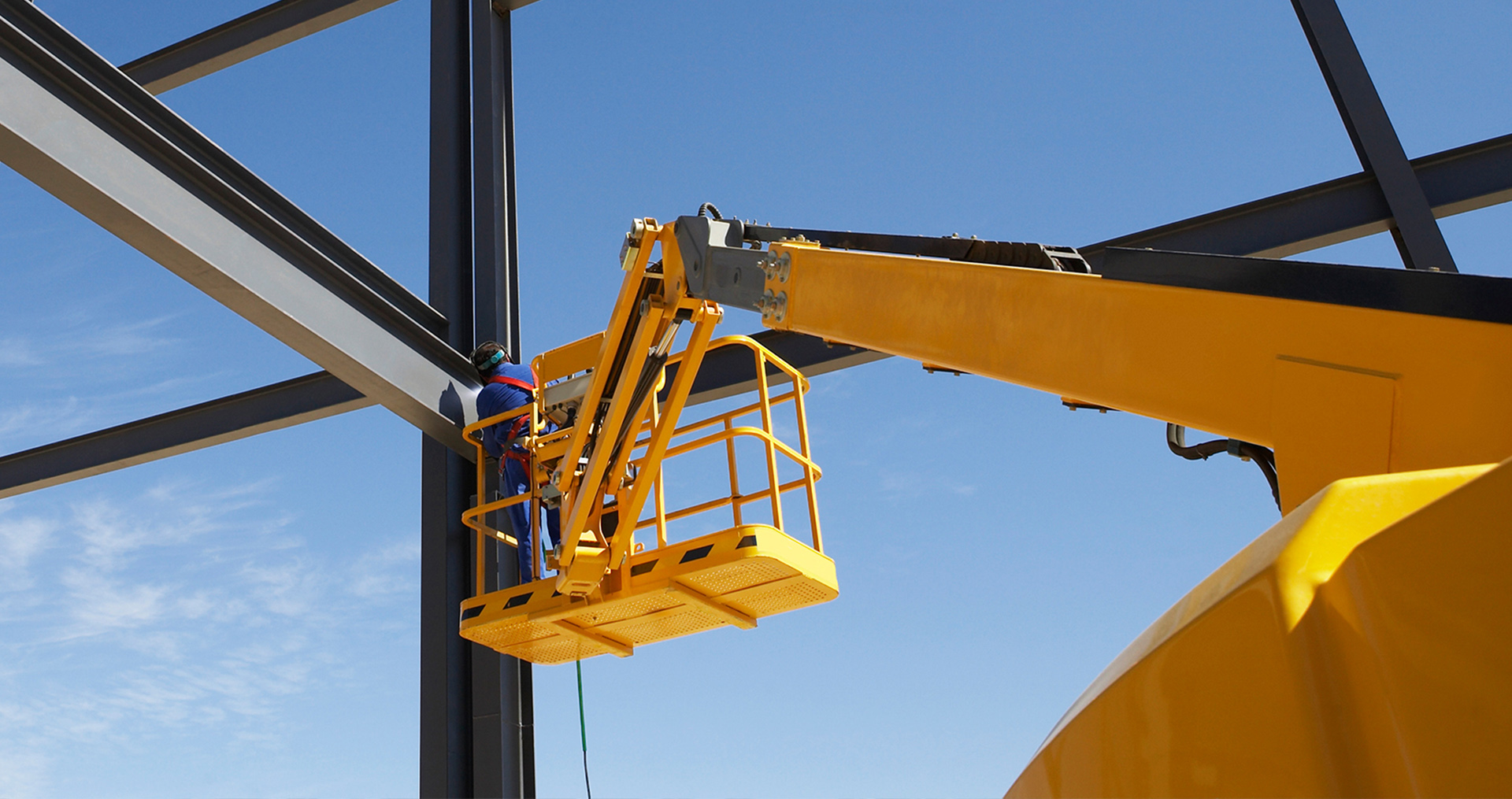Overview
Varied ventilation rates are desirable for product quality as well as lowering energy use during holding periods. Typically, the highest ventilation rate is required at cool down after harvest, thus the fan capacity is sized to this requirement. After the product is initially cooled, high ventilation rates can cause drying and increased shrinkage. Once the product is cooled to storage temperature, the ventilation requirement is significantly less. A low constant air flow is more desirable than periods of high air flow followed by no air flow.
A decrease in air flow results in energy savings. Variable speed drives (VSDs) also referred to as variable frequency drives (VFDs), are capable of varying the output speed of a motor to meet the demand of the system, reducing energy use. VSDs match the amount of work or load on a motor to the amount of energy that is needed. VSDs also have built-in soft start capability, which extends the life of the motor.
Incentives
An incentive of $250 per hp is available through Idaho Power’s Commercial and Industrial Energy Efficiency Program.
- Retrofit: Adding a VSD/VFD to a constant speed motor for an existing ventilation system (does not already have a VSD/VFD).
- New Construction: Installing a VSD/VFD on a motor for a new ventilation system added to existing or new onion/potato storage shed.
To qualify, VSD/VFD must be installed on variably-loaded electric motors, that are not required by code for new construction. All VSD/VFD installations must comply with Idaho Power’s Rule K “Practices and Requirements for Harmonic Control”.
Payback
The cost for a VSD/VFD is dependent on the size of motor required to produce the optimum air flow. Typical payback, including incentive, is less than one year.
